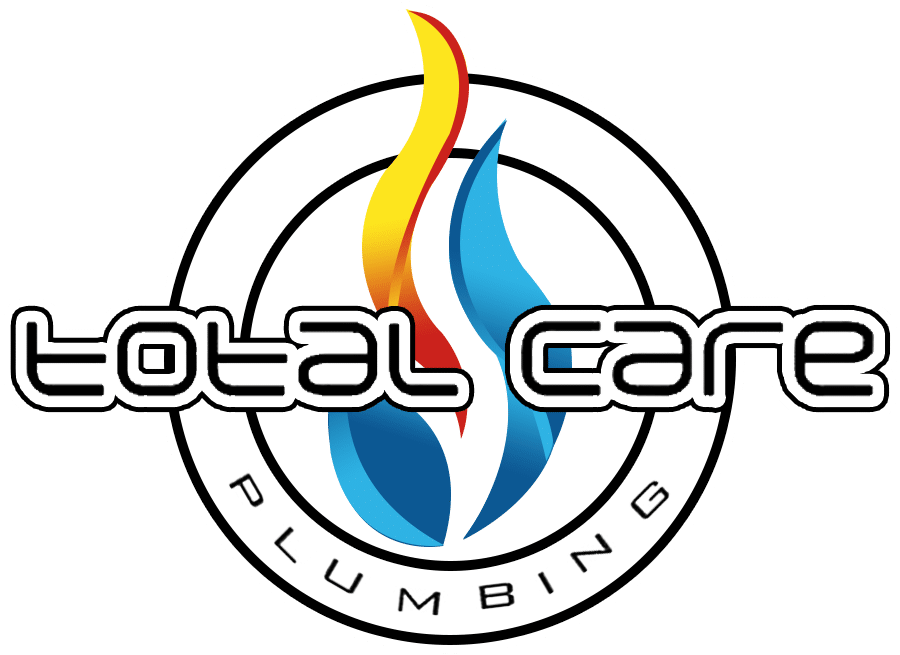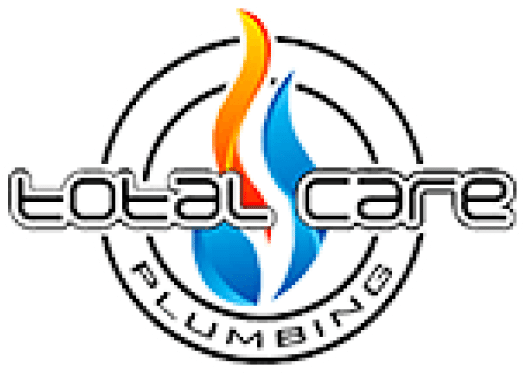One in 15 homes across the United States has unhealthy radon levels. You should test your house for radon to determine if mitigation is necessary. Here is how radon gas can impact your home’s safety.
Where Does Radon Come From?
Radon is an odorless, colorless radioactive gas that emanates from the decomposition of uranium. The gas rises from the ground and dilutes as it escapes into the atmosphere, but it could get into a building from under the foundation.
According to the EPA, 31 states in the U.S. have levels above the recommended 4 PCi/L. High levels of radon exposure can cause lung cancer and other health complications. Statistics show it is the second most prevalent factor after smoking for lung cancer.
Radon is common in buildings with a tight insulation envelope. The gas can accumulate to unhealthy levels in areas with poor ventilation.
Typically, radon gets through to your home from beneath it. Radon can escape into a house through construction joints, gaps in the foundation and openings around lighting fixtures.
Radon in Drinking Water
Sometimes, this radioactive gas can get into your drinking water. Radon is more prevalent in places where water comes from a groundwater system. Radon levels in drinking water must not exceed 0.4 PCi/L.
Most of the water in Grand Forks is from a groundwater source. So, it’s always advisable to perform a water test, given the high levels of radon in North Dakota. Consult Total Care Plumbing for plumbing services in the Grand Forks area.
Private Wells and Ground Water Sources
Private wells and water supplies from groundwater systems are the most vulnerable to radon contamination. Surface water is less prone since the gas dissolves into the air before getting to your home.
The EPA also recommends testing private wells for radon gas. If there are high levels of this gas in your drinking water, you should plan for radon mitigation immediately.
Radon Mitigation Process
The radon mitigation process starts with testing. It can either be one long-term test or two short-term tests. You can expect the results in 90 days or less, depending on the type of test.
A radon mitigation professional will use the test to determine the best remediation process. It may involve sub-slab depressurization to stop the gas leaking into your house from the foundation. The remediation process may vary depending on the building’s construction.
You can remove radon in water using a granular activated carbon filter. Another approach is to bubble air through the water with aeration devices. The aerator has a fan that helps to expel the gas from the water.
It is always wise to organize a test if you live in a place with high radon levels. At Total Care Plumbing, we provide dependable radon mitigation services in Grand Forks, ND. Call us today to learn more.





